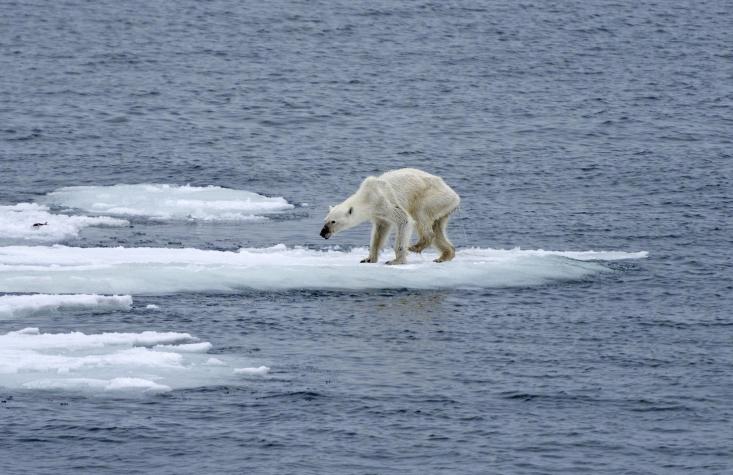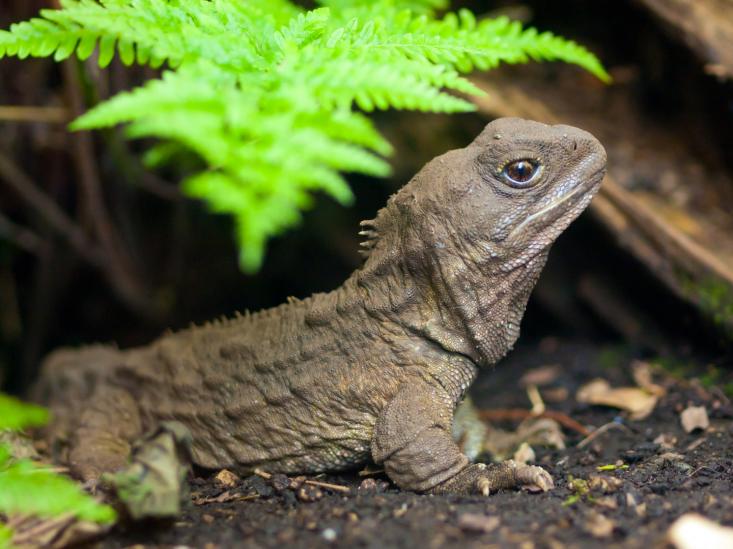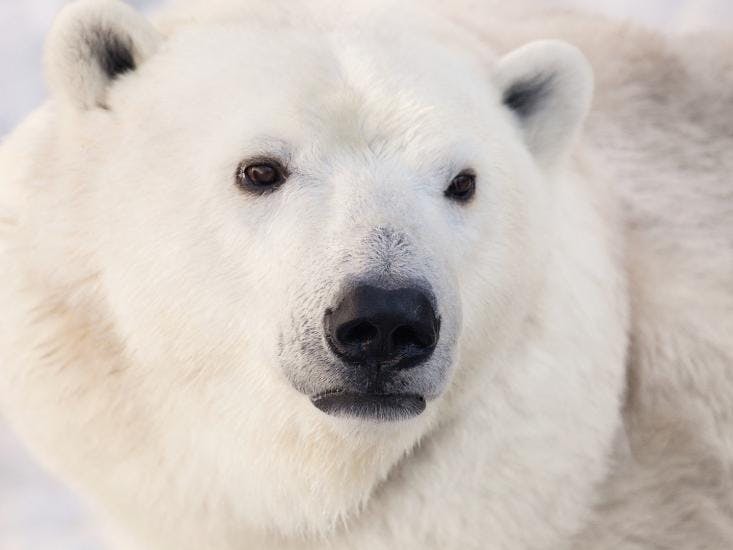This August, German photographer Kerstin Langenberger posted a photo to Facebook of a frail polar bear, evidently starved, adrift among the disappearing ice. In the photo’s caption, she blamed global warming for the bear’s malnutrition and for the death of many others she’d seen. Articles featuring Langenberger’s commentary and photo followed soon after, with headlines like: “Polar Bear’s Shocking Appearance May Be Tied To Climate Change” and “Emaciated Polar Bear ‘Doomed to Death’ Fuels Global Warming Debate.”

This story is real enough. If something doesn’t change soon, two-thirds of polar bears—whose plight has been symbolic of the havoc wrecked by climate change—may disappear from the wild by 2050. But the Arctic mammal is only one species at risk of extinction—by some estimates, 30 to 50 percent of Earth’s two million living species may go extinct in less than a couple decades. There are plenty of less-lovable species that may be more important to save than species that happen to have captured the popular imagination, for the sake of biodiversity and ecological resilience. “If we only care about polar bears,” says Laura Pollock, a research fellow at the National Center for Scientific Research in France, “we may not be doing ourselves, or the planet, any favors.”
Environmental scientists like Pollock believe that ecosystem stability should be a top conservation priority; since researchers don’t know which species will thrive in changing ecosystems, protecting the most biodiverse species is the best way to do that. “[Preserving that biodiversity] means hedging your bets for the future,” says Pollock. But either way, how much conservationists can accomplish is bound by increasingly tight budgets. Is there a way to save less notable—but just as valuable—organisms, without letting the cutest and most popular animals die?
Joseph Bennett, a professor of environmental science at Carleton University, may have the answer. He has co-authored several studies over the past few years that offer a uniquely pragmatic and sober approach to conservation: addressing how much is possible with a given budget using algorithms. He and his colleagues have used a series of algorithms to determine how to conserve the most genetically unique of the 700 most threatened species in New Zealand, a country with one of the highest percentages of threatened species in the world.
The endemic tuatara is one example. “It’s this crazy little lizard that diverged from ancestors about 200 million years ago,” Bennett says. “It has a light sensor on top of its head. It’s a badass lizard, and it has no relatives. If it disappears, there’s 200 million years of unique evolutionary history, gone.” The tuatara doesn’t have the big eyes or pert ears of the polar bear, so its power to attract donations from animal lovers craving a connection to nature is meager. How should a conservationist balance the money-getting power of a charismatic animal, like the polar bear, with the genetic richness of the tuatara?

Bennett and his team started answering this question by ranking New Zealand’s threatened-species conservation projects by their cost-effectiveness, while incorporating factors like the level of each species’ genetic uniqueness and the likelihood of a given project’s success. Of the hundreds of threatened species in question, ten of them qualified as charismatic “flagship” species—the size of donations to their conservation program and previous population surveys testify to their popularity. Kiwi birds, for example, receive over $350,000 in private donations alone every year.
Starting with what the researchers assumed to be New Zealand’s annual conservation budget (they used different amounts from $5 million to $50 million NZD), the researchers were able to use their algorithm to predict how much biodiversity could be conserved in different fiscal scenarios and by prioritizing different types of species. In one, for example, they allocated the budget only to the most cost-effective species (those with the least expensive conservation projects and those most likely to succeed), regardless of their flagship status. Since more charismatic species garner more outside funding, ignoring these species meant that the conservation budget overall would be smaller, limiting the number of conservation projects that would be financially possible.
In another iteration, the researchers allotted their entire budget, with funds from the government’s conservation department and from projected donations, only to the flagship species—without prioritizing biodiversity. Threatened non-flagship species received some collateral benefit from this tactic, since benefitting flagship species also benefits other animals sharing their habitat, but the researchers found that—not surprisingly—this did more harm than good for biodiversity overall.
The researchers’ optimal formula kept the best of both worlds. By prioritizing both genetically distinct and charismatic species, they were able to harness the popular animals as powerful symbols to bring in cash so that other species living in the same habitats could benefit.
New Zealand conservation agencies have already started putting some of Bennett’s team’s recommendations into action. His approach lacks romantic idealism, but—at least in New Zealand—it’s a plan that could actually work. Since he and his colleagues haven’t tested their modeling in other regions, it’s less clear how well this strategy would work in places like the Arctic, where ecosystems are less genetically diverse.
But it’s likely that New Zealand won’t be the only ecosystem where we can’t ignore the power of a pretty face.
Alexandra (Alex) is a science writer currently based in New York City. She has previously lived in Brattleboro, Vermont; Lima, Peru; and Washington, D.C. @alexandraossola



